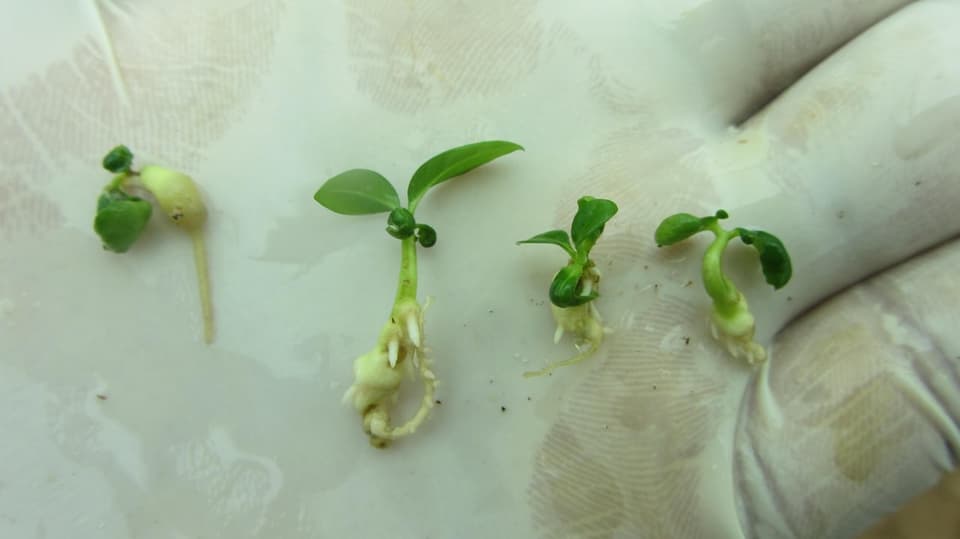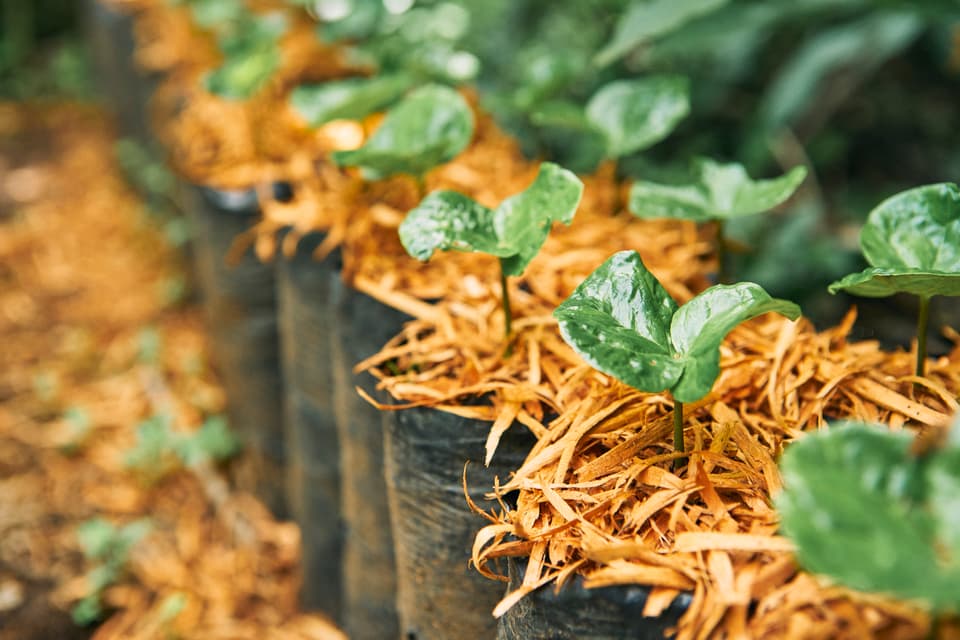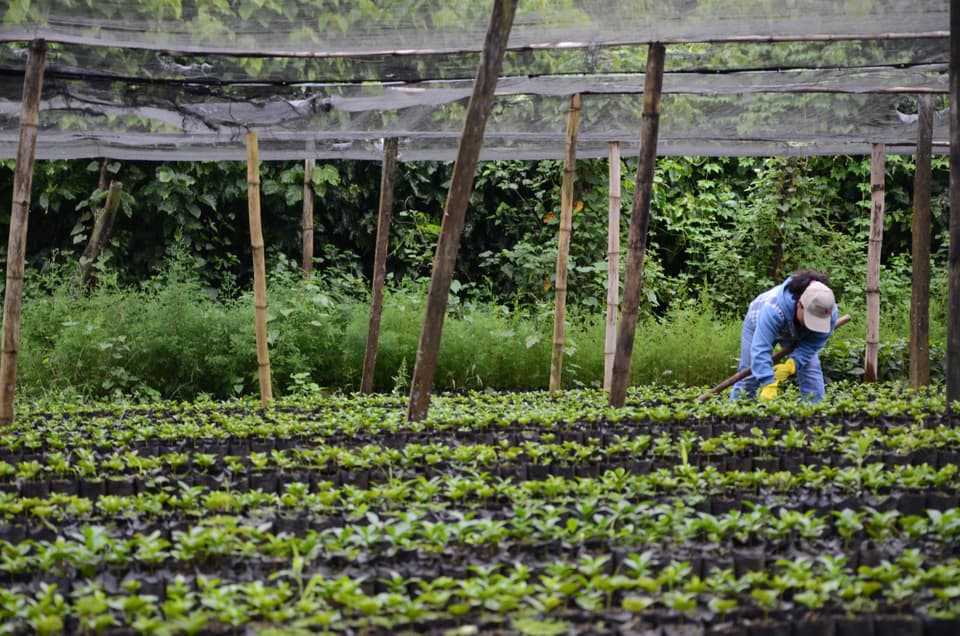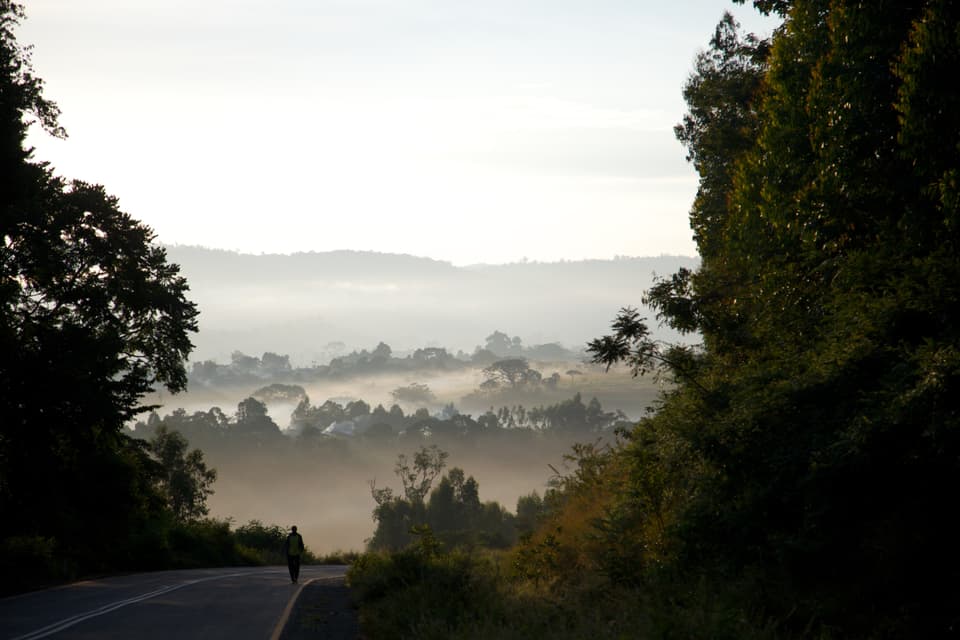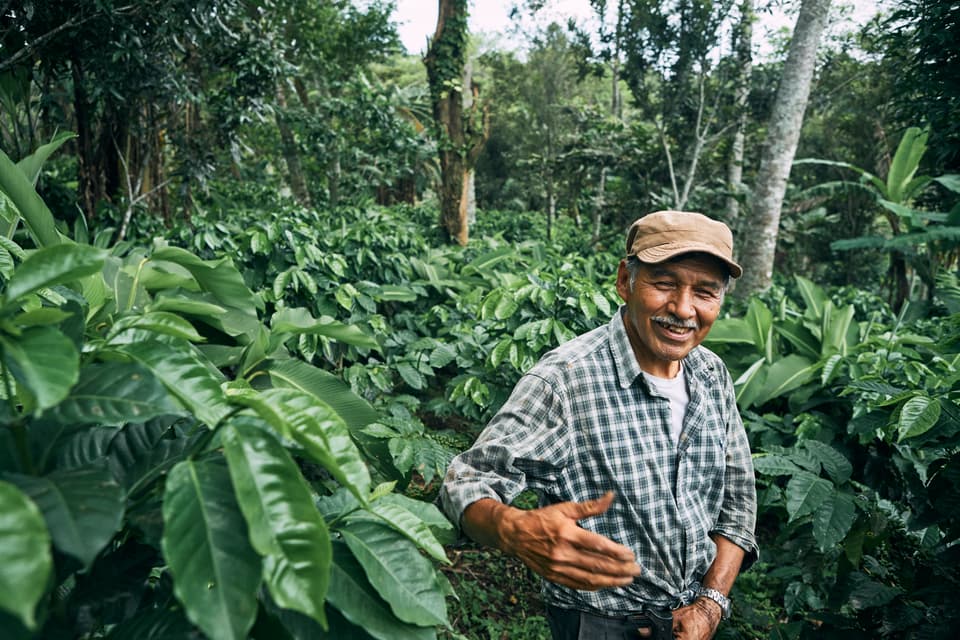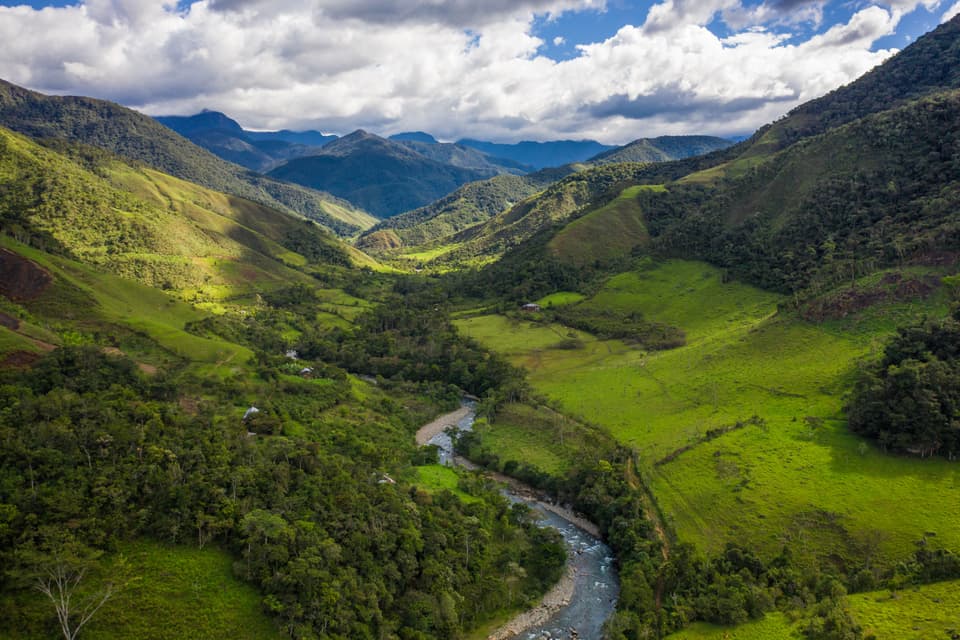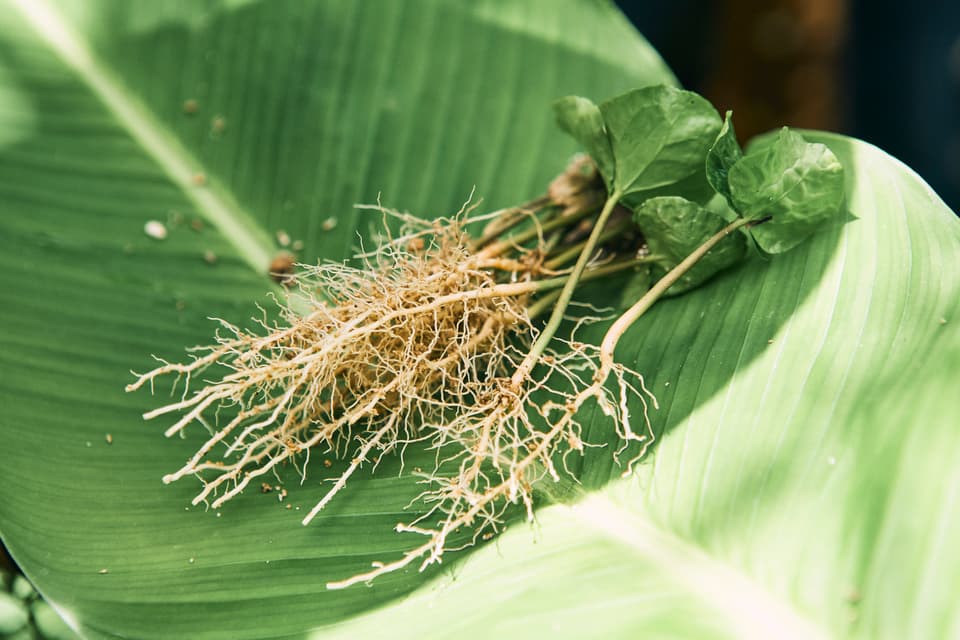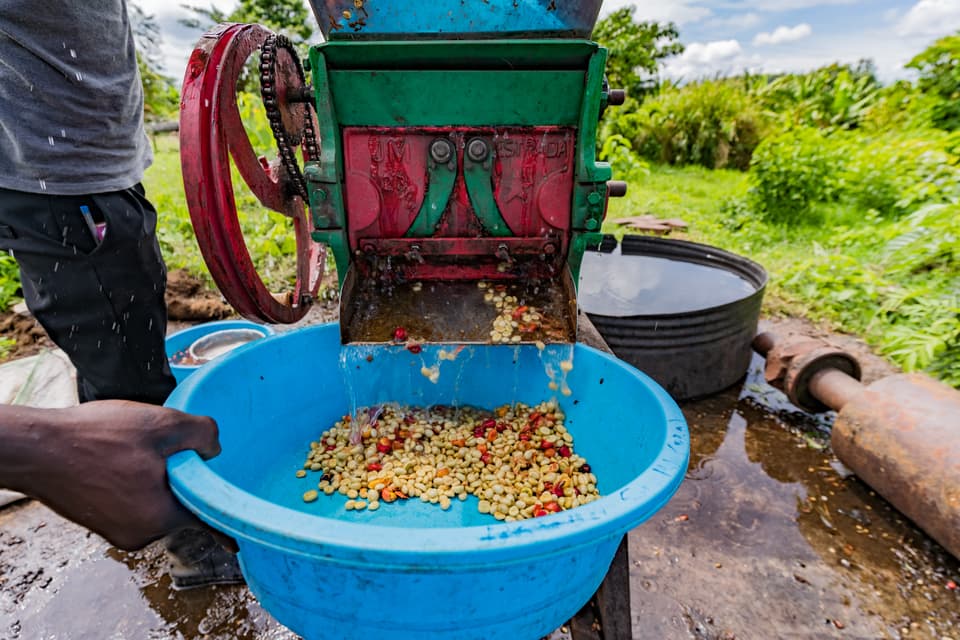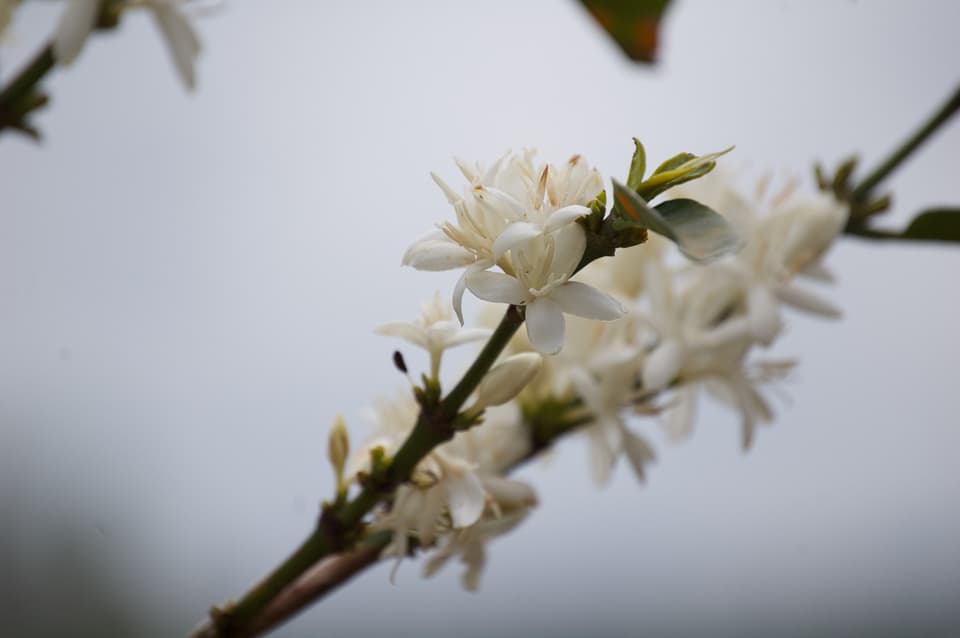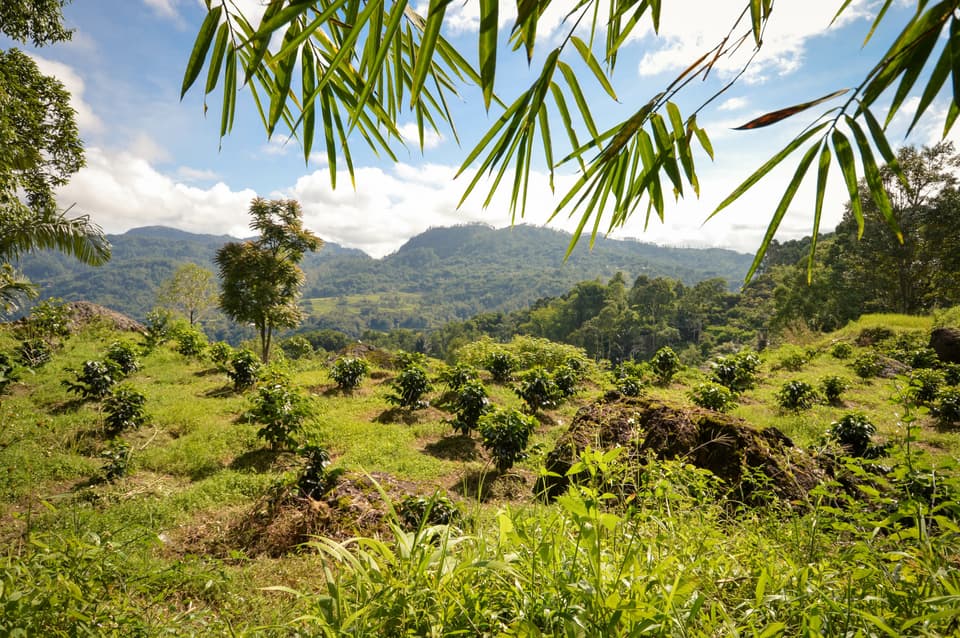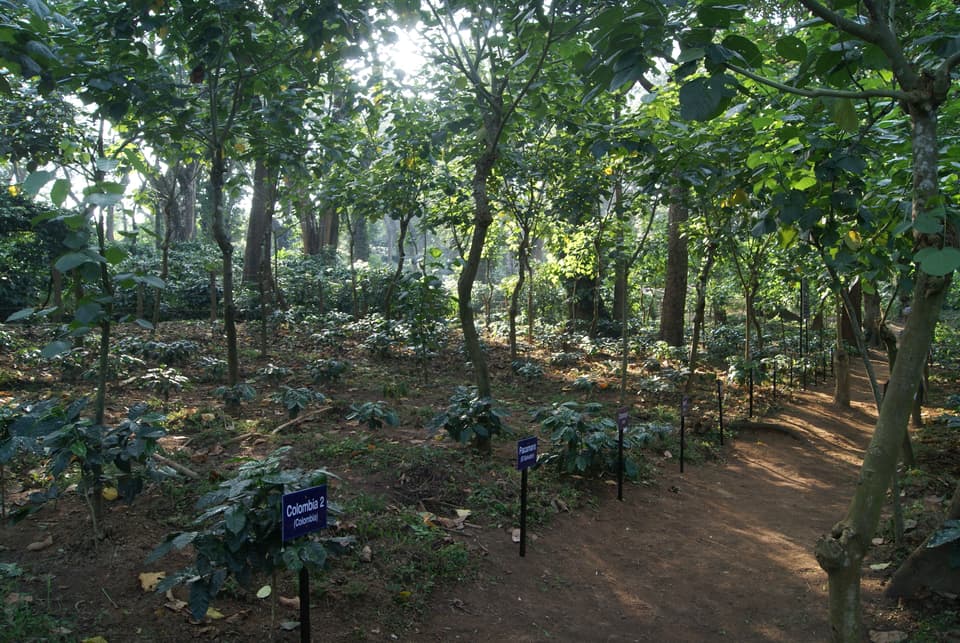Coffee production and washed arabica exports are economically and socially important to Nicaragua, contributing over 20% of agricultural GDP, and providing about half of all agricultural jobs in the country. Nicaraguan coffee farmers traditionally grow arabica varieties under shade; however, the country legalized robusta production for lower elevations in 2016. Nicaragua recently adopted a national coffee strategy (2020-2023) focused on improving farm management and farmer incomes, and responding to climate change through genetic improvement.
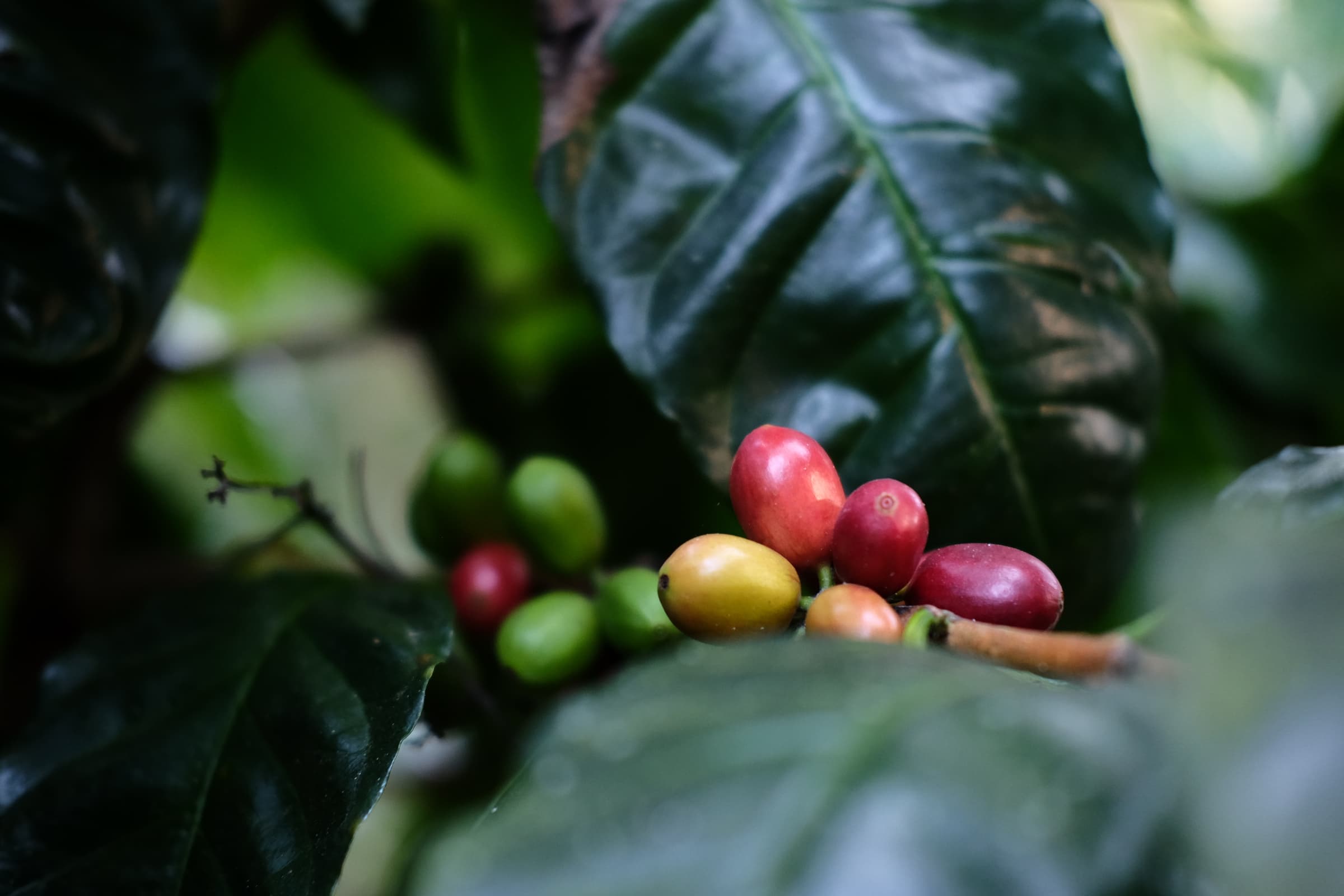
Nicaragua
WCR has collaborated actively in Nicaragua since our earliest days. As part of the USDA-funded MOCCA program, WCR continues leading actions to improve coffee breeding and agronomic research in collaboration with PROMECAFE and INTA. WCR is also engaged in evaluating and improving seed lots and large nurseries and developing training materials for small nurseries in the country. Nicaragua hosts two WCR International Multilocation Variety trial sites. In collaboration with MERCON, ECOM, and Catholic Relief Services, there are also 18 on-farm trials testing improved varieties (Marsellesa, H1 Centroamericano, Parainema, Obata and Starmaya).
Country Progress
Export volume, three-year average
Country Statistics
Coffee agricultural R&D is critical for delivering the productivity and quality improvements that lead to economic transformation at scale.
International Coffee Organization (ICO). 2021. Exports of all forms of coffee by exporting countries to all destinations. Accessed from https://ico.org/trade_statistics.asp?section=Statistics
TBD
Enveritas, 2018. “How many coffee farmers are there? Global coffee farm study”
Food and Agriculture Organization of the United Nations (FAO). 2021. Crops and livestock products. Accessed from http://www.fao.org/faostat/en/#data/QC
Agricultural Science and Technology Indicators (ASTI). 2021. ASTI database. International Food Policy Research Institute (IFPRI). Accessed from: https://www.asti.cgiar.org/data
Calculated using ICO production data and FAO area harvested data
Our Partners
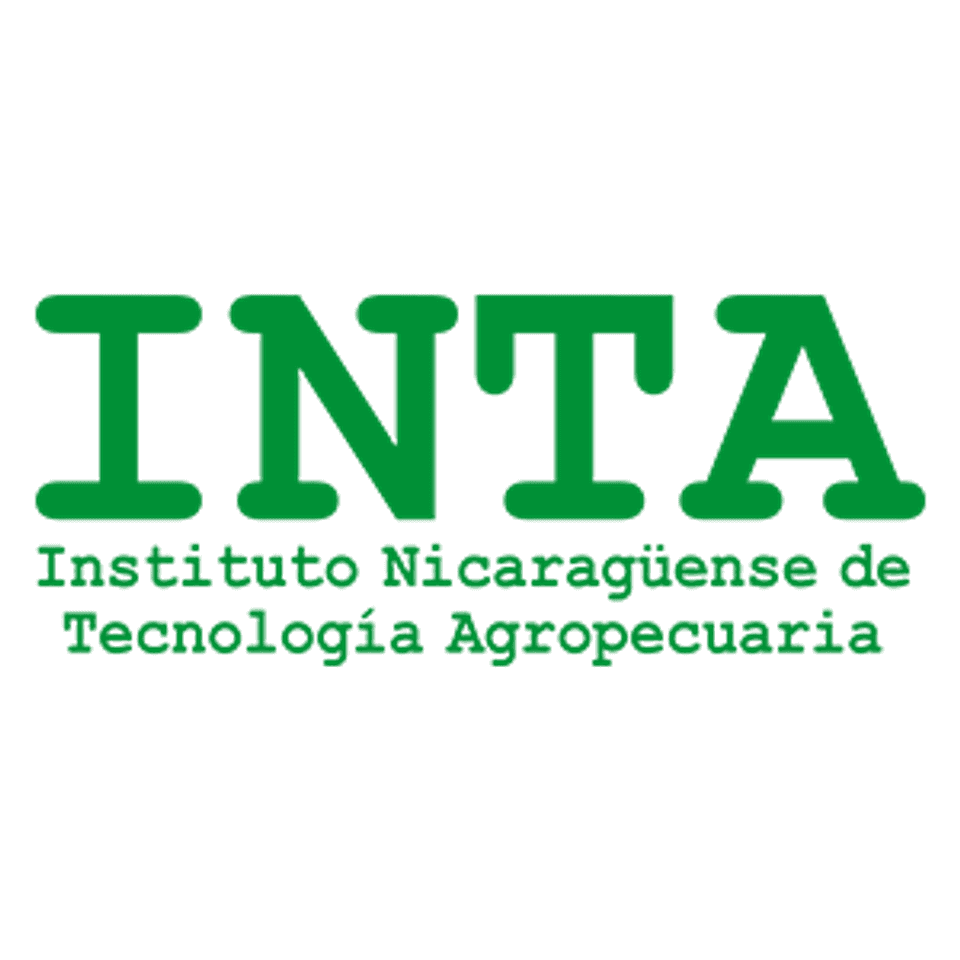
Nicaraguan Institute of Agricultural Technology (INTA)
INTA was created in 1993 to strengthen agricultural production through research and innovation in Nicaragua. INTA’s mission is to contribute to sustainable management of natural resources and food security and poverty reduction through research and innovation.
